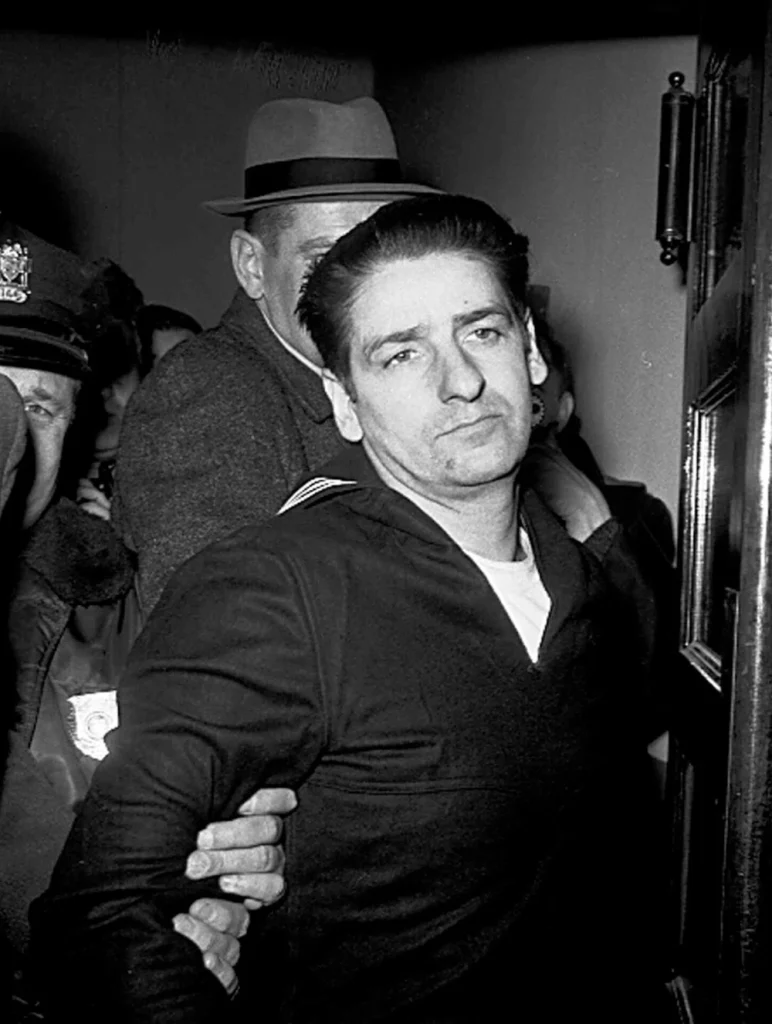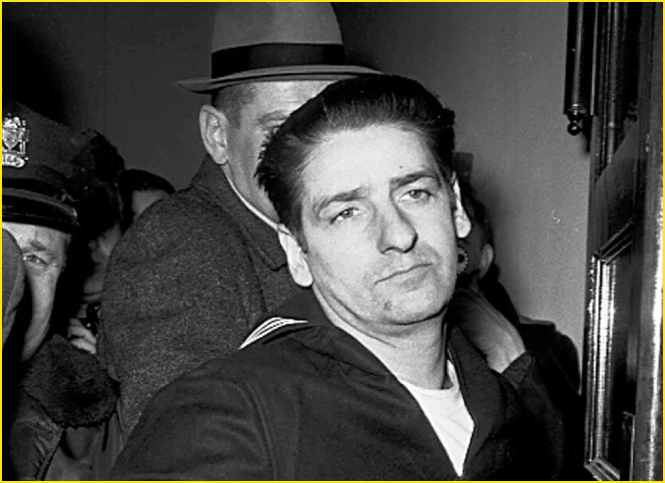The Boston Strangler case has haunted American criminal justice history for over half a century. Between 1962 and 1964, thirteen women in the Boston area were murdered in chillingly similar circumstances .
They were all sexually assaulted, strangled, and often left posed in their homes.
The city spiraled into fear. Women double-locked doors and carried mace in their handbags. Police were desperate for leads. Then, in 1965, a man named Albert DeSalvo confessed to the killings.
But was he really the Strangler? Or was his confession just another layer in a case where science, psychology, and law collided with disturbing ambiguity?
The Confession That Captivated the Nation
Albert DeSalvo was no stranger to law enforcement. Already in custody for a string of sexual assaults under the aliases “The Measuring Man” and “The Green Man,” DeSalvo shocked his attorneys and the nation when he claimed responsibility for all thirteen Boston Strangler murders.
With surprising detail, DeSalvo described the killings during taped sessions with psychiatrist Dr. Amos Robey. He knew victim names, crime scene layouts, and even described how he tied the infamous “strangler knots.” Yet inconsistencies also emerged. In several cases, his descriptions were vague, incorrect, or didn’t match police records.
Despite the glaring issues, DeSalvo was never charged with any of the murders. Instead, he was sentenced to life in prison for unrelated sex crimes. He was stabbed to death at MCI-Walpole in 1973 under suspicious circumstances — long before DNA testing could settle the matter.
Mary Sullivan and the DNA That Spoke Decades Later
One victim stood out: Mary Sullivan, just 19 years old, was the final and youngest victim in the Strangler series. Her family, particularly her nephew Casey Sherman, never believed DeSalvo was the killer. In the early 2000s, Sherman pushed for renewed testing using DNA from preserved biological evidence.
In 2013, DeSalvo’s body was exhumed. Using cutting-edge forensic DNA analysis, investigators matched his genetic material to semen recovered from Sullivan’s body and blanket. The hit was conclusive. DeSalvo was now definitively linked to at least one of the thirteen murders.
The Others: When DNA Doesn’t Match

Here’s where the legal and ethical complications deepen. In other Boston Strangler cases — particularly the earlier ones involving elderly victims — DNA evidence did not match DeSalvo. In fact, some scenes yielded partial profiles that excluded him entirely.
This inconsistency suggests what some experts have long feared: the Boston Strangler may have been more than one person, or DeSalvo may have falsely confessed to murders he did not commit.
The ambiguity casts a long shadow. If DeSalvo wasn’t responsible for all thirteen murders, who else was? And why did he confess?
DeSalvo’s confession has become a case study in false confessions — a controversial topic in criminal law. Was DeSalvo a fame-seeker? Was he manipulated or coerced? Some suggest he struck a deal to protect his family by admitting to the murders, hoping the infamy would lead to leniency or benefits for his wife and children.
Regardless of motive, the case underscores the need for robust legal safeguards during interrogations, especially for suspects with psychological vulnerabilities. DeSalvo’s confession was not videotaped, only audiotaped, and the lack of oversight continues to raise red flags.
Ethical Questions Around DNA and Ancestry Databases
The DeSalvo case also set the stage for modern ethical debates around DNA use, especially the increasing reliance on ancestry databases and familial DNA.
Though DeSalvo’s final link to Mary Sullivan came through direct comparison, today’s law enforcement often relies on forensic genealogy — using public ancestry sites to track down suspects based on familial matches. While this practice led to the high-profile arrest of the Golden State Killer in 2018, it also raises privacy concerns.
Who controls your genetic data? Can it be used against your relatives? Should police need a warrant to comb through these databases?
In DeSalvo’s case, the need for justice arguably outweighed privacy concerns. But as technology advances, the boundaries grow blurrier.
A Legacy of Legal Reform
The Boston Strangler saga leaves us with as many questions as answers. It challenged assumptions about criminal confessions, law enforcement accountability, and the limits of forensic science.
It also spurred ongoing reforms:
- Greater scrutiny of confessions and interrogation tactics
- Calls for the recording of all suspect interviews
- The creation of DNA retention policies that balance privacy with public safety
- Debates on whether the use of genealogy websites constitutes an illegal search under the Fourth Amendment
Albert DeSalvo’s name may forever be etched into American crime lore, but the case’s legacy is bigger than any single man. It’s about the evolution of justice, the burden of truth, and the role of science in illuminating — or complicating — the path to closure.

